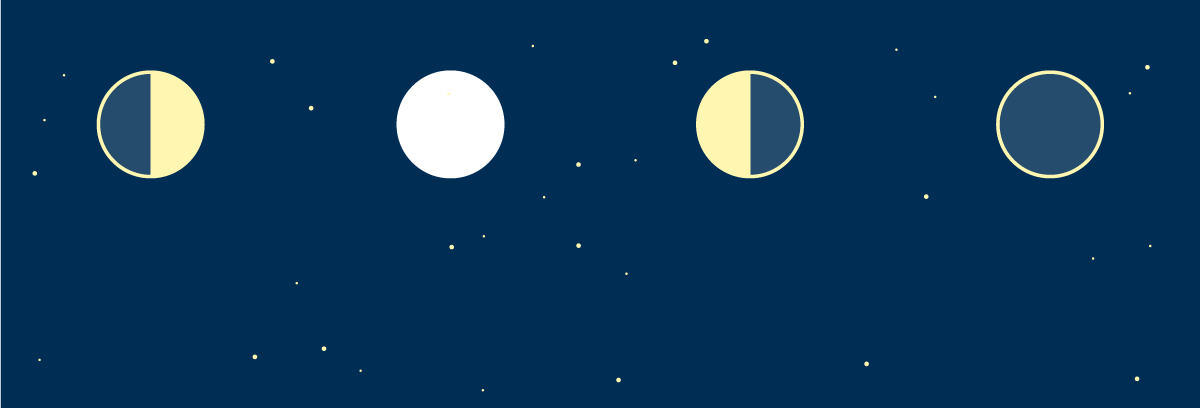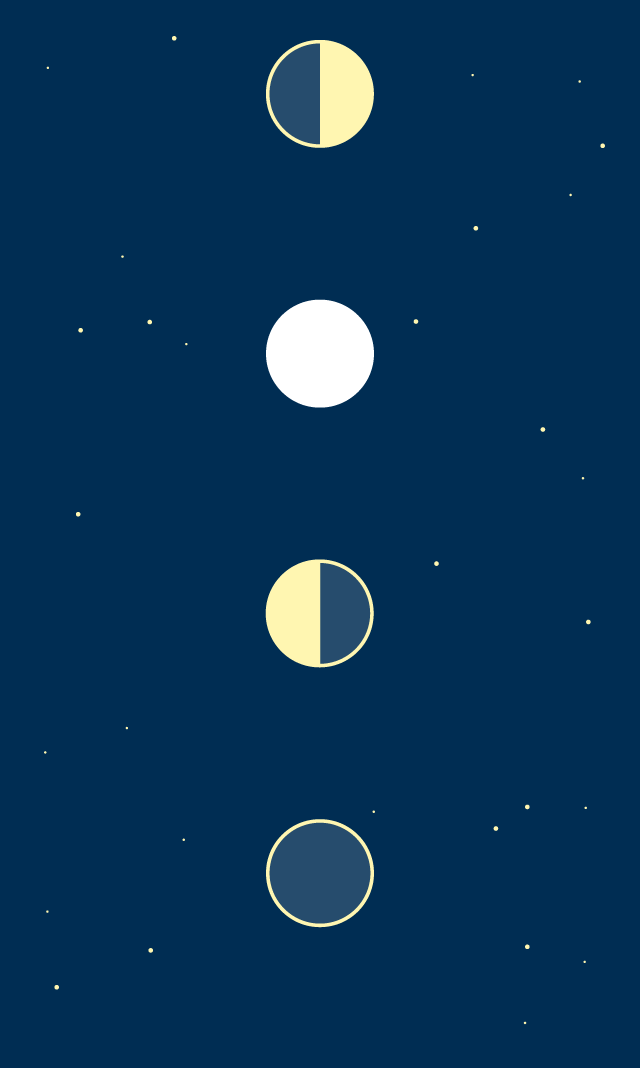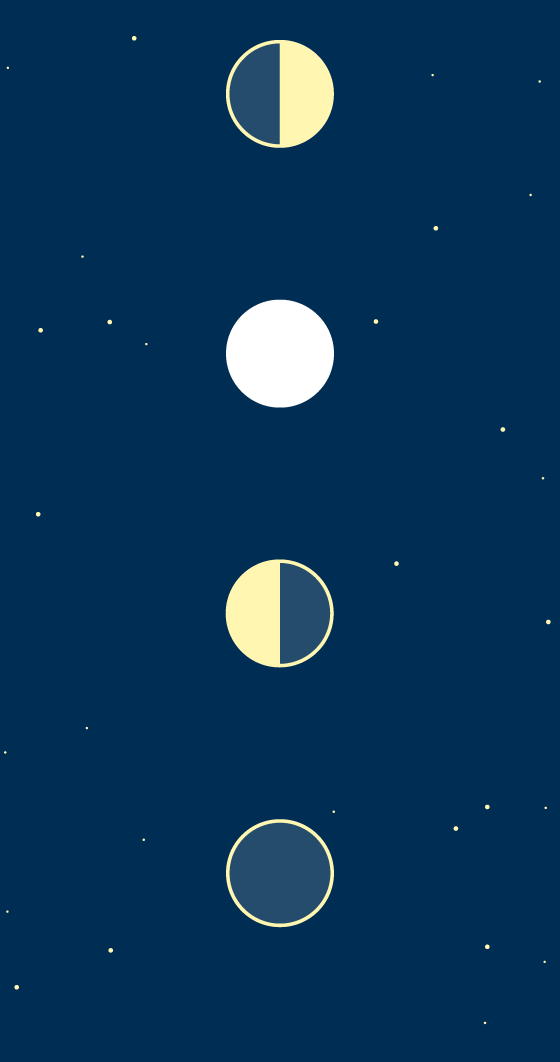The best month to search for galaxies in the summer sky begins
Saturn returns throughout the night and summer meteor showers begin


GenevaSummer nights are the shortest of the year, but also the most pleasant for observing the night skies.
Among the visible planets this month, Saturn stands out. After remaining hidden for much of the first half of the year, the ringed giant will be visible for most of the night. Venus, Jupiter, and Uranus will also be visible during the early morning hours, and their positions will improve as the month progresses. Finally, to the west, Mercury and Mars will be fairly low in the sky after sunset.
Among the constellations this month are Cygnus, Aquila, and Lyra, which, with their respective brightest stars, Deneb, Altair, and Vega, form the well-known summer triangle high in the sky. The Delta Aquarids meteor shower will also occur, peaking on July 30th with about 25 meteors per hour radiating from the constellation of Aquarius.
The ideal time to observe galaxies
During the summer months, the night sky faces the inner core of the Milky Way, our galaxy, and you can see the hundreds of millions of stars that populate its spiral arms, orbiting the invisible, supermassive black hole at its center.
The objects that can be easily identified in the night sky are usually bright stars or planets. However, the cosmos is full of other bodies that may go unnoticed, but which, if you know how to observe them, can open a whole new, even more spectacular window into the depths of the Universe.
This is the case, for example, with diffuse objects. This category includes galaxies, planetary nebulae, and star clusters. All of these objects have in common that, when viewed from Earth, they appear as bodies with a less defined structure than individual stars and planets.
Observing them normally requires the use of binoculars or a telescope. These instruments collect a greater amount of light from these objects than our eyes, allowing for better identification and definition. The complete list of the 110 most famous objects is known as the Messier catalog, named after the French astronomer Charles Messier, who published the Catalogue of nebulae and star clusters, which included 45 of these objects. The Messier catalog can be consulted on any website dedicated to observational astronomy. A challenge for the most daring is to find the largest number of these objects in a single night.
One object included in this catalog, which with a little patience and a dark sky we can find in the summer sky, is the Andromeda Galaxy, or M31 according to the Messier catalog. This galaxy is a neighbor of the Milky Way and contains some 100 billion stars. Although it is barely visible to the naked eye, binoculars reveal it as a faint patch in the sky larger than the Moon. However, you will need to let your eyes adapt to the darkness of the night for at least fifteen minutes. To locate it, you need to observe the region between the constellation of Cassiopeia, easily identifiable thanks to its W shape, and the constellation of Andromeda. A broad search for some kind of cloud in this region should help us find the galaxy. These types of objects are preferred by astrophotography enthusiasts, resulting in spectacular snapshots.
Calendar
- July 3: The Earth will be at aphelion, the farthest point in its orbit from the Sun.
- July 4: Mercury will reach maximum elongation relative to the Sun, a prime time for observing. Venus and Uranus conjunct.
- July 5: The Moon will be at its apex, its farthest point from Earth. It will appear slightly smaller than usual.
- July 10: The Moon will be at aphelion, the farthest point in its orbit from the Sun.
- July 14: Mercury will be at aphelion, the farthest point in its orbit from the Sun.
- July 16: Conjunction of the Moon and Saturn. The two bodies will be very close together, and the Moon will be at 70% of its total illumination.
- July 20: The Moon will be at perigee, its closest point to Earth, and will appear slightly larger. It will also be very close to the Pleiades constellation just before sunrise.
- July 21: conjunction of the Moon and Venus, separated by only 7 degrees.
- July 23: conjunction of the Moon and Jupiter with a separation of 5 degrees.
- July 25: Conjunction of the Moon and Mercury. The Moon will be at perihelion, its closest point to the Sun.
- July 28: Conjunction of the Moon and Mars. Mercury's closest approach to Earth.
- Night of July 30-31: Delta Aquarids peak, with a frequency of up to 25 meteors per hour.



